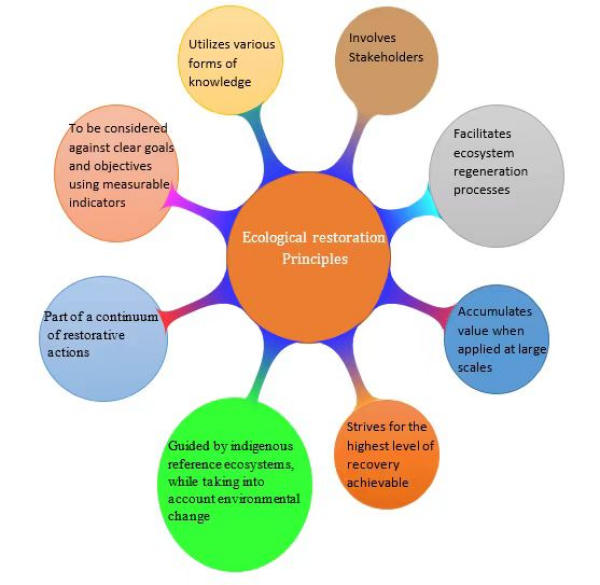Scientists Present Dynamic Strategies for Ecological Restoration in Mining Regions
2025-04-18
A recent study led by Prof. XU Hailiang from the Xinjiang Institute of Ecology and Geography, Chinese Academy of Sciences, has proposed dynamic and science-based strategies for restoring ecosystems degraded by mining activities. Mining, though essential for economic growth, has caused significant environmental damage in rapidly developing countries like China especially in ecologically sensitive regions such as Xinjiang. Their study was published in the journal Ecological Engineering.
The study reviews key ecological restoration approaches including afforestation, wetland recovery, phytoremediation, and sustainable land use transformation. It emphasizes the importance of integrating modern technologies such as remote sensing, GIS, and artificial intelligence for accurate monitoring and management of restoration efforts. The study also highlights the critical role of policy support, stakeholder engagement, and community-led initiatives in ensuring long-term ecological success.
Case studies from across China illustrate successful outcomes, but the authors place particular emphasis on Xinjiang, where large-scale ecological restoration projects have been implemented in mining-affected landscapes. In Hami, desert-afforestation techniques using salt-tolerant plants have helped combat land salinization. In the Altay Mountains, efforts have focused on vegetation rehabilitation and soil stabilization. Community-based programs in Turpan and Ili have linked ecological restoration with green livelihoods, promoting sustainable agriculture and eco-tourism.
Despite these achievements, the study acknowledges ongoing challenges such as climate change, pollution, policy enforcement gaps, and regional socio-economic disparities. The authors call for continued innovation, interdisciplinary collaboration, and adaptive strategies to ensure the sustainability of restored mining regions.
This research offers valuable insights not only for China but also for other countries facing similar environmental pressures in arid and semi-arid mining areas. It underscores Xinjiang’s emerging role as a model region for ecological restoration practices under complex environmental conditions.
Read the full article: https://doi.org/10.1016/j.ecoleng.2025.107577

Key principles of ecological restoration (Image by XIEG)
Contact
LONG Huaping
Xinjiang Institute of Ecology and Geography
E-mail: longhp@ms.xjb.ac.cn
Web: http://english.egi.cas.cn



